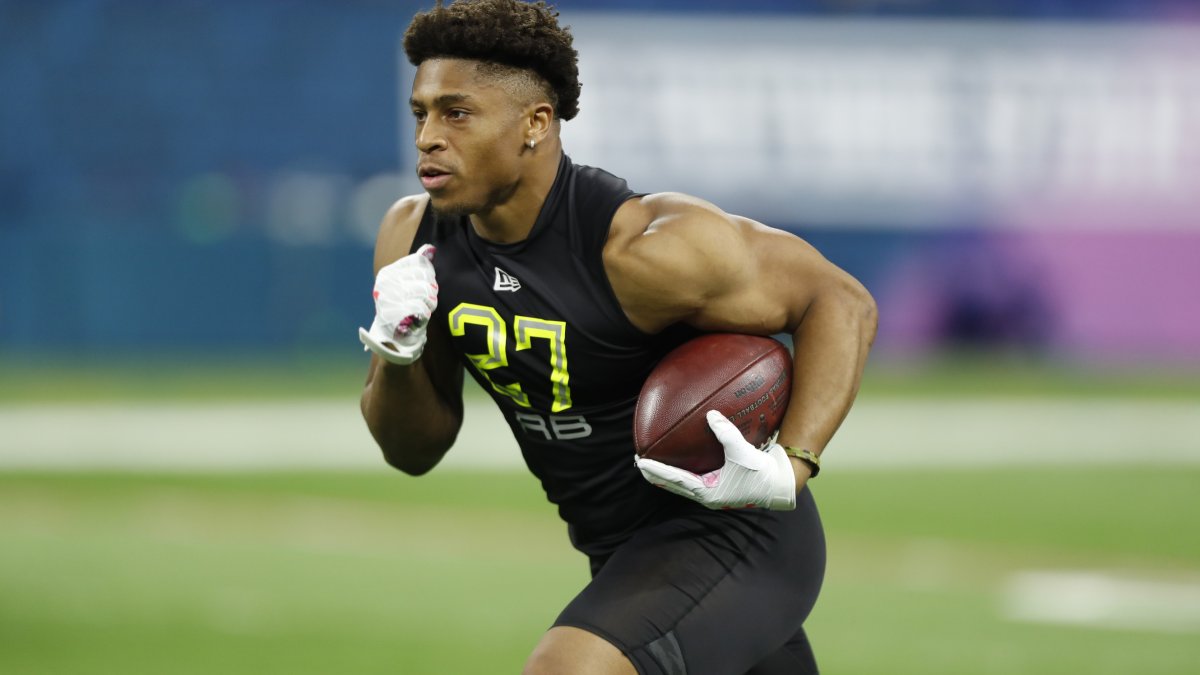It’s been officially 2021 draft season for a while now. However, this is the first season since the early 1980s that we will not have a single, centralized NFL Scouting Combine. This has caused concerns about the lack of one centralized place from which to acquire athleticism data on players.
Indeed, former NFL GM Mike Tannenbaum tweeted that there were inconsistencies in data derived from the combine and those taken from “pro days,” which are combine-like events held at universities around the country:
Because of discrepancies like these, teams are concerned about the accuracy of measurements and workouts this off-season
That is why there will be more reliance on tape than ever before pic.twitter.com/v7IjiRT3LO
— Mike Tannenbaum (@RealTannenbaum) February 20, 2021
Now, this tweet actually elicits more questions than it does answers (not to mention the silly remark that now we’re going to be more reliant on “tape” than ever — we are always pretty reliant on tape).
Firstly, does this sample include players that have both combine and pro-day measurements? Because players who perform really well in Indy might not have the incentive to perform in their pro day, for example.
If it includes all players who performed in one event or the other, there are clearly biases because the combine is exclusive (theoretically including the most athletic players), while pro days are largely not. There’s also the fact that universities have a vested interest in their players doing well at the NFL level, a precursor of which is them testing well in the pre-draft process.
Thus, instead of a one-size-fits-all analysis of the differences in combine and pro day performances, a more in-depth analysis is in order. We have combine data back to 1987 and pro day data back to 1998, but we will analyze data back to 2006.
We start with the granddaddy of them all: The 40-yard dash does indeed show some bias downward from the combine to pro day, and this bias is pretty uniform across positions:
Exclusive content for premium subscribers

WANT TO KEEP READING?
Dominate Fantasy Football & Betting with AI-Powered Data & Tools Trusted By All 32 Teams
Already have a subscription? Log in



 © 2025 PFF - all rights reserved.
© 2025 PFF - all rights reserved.